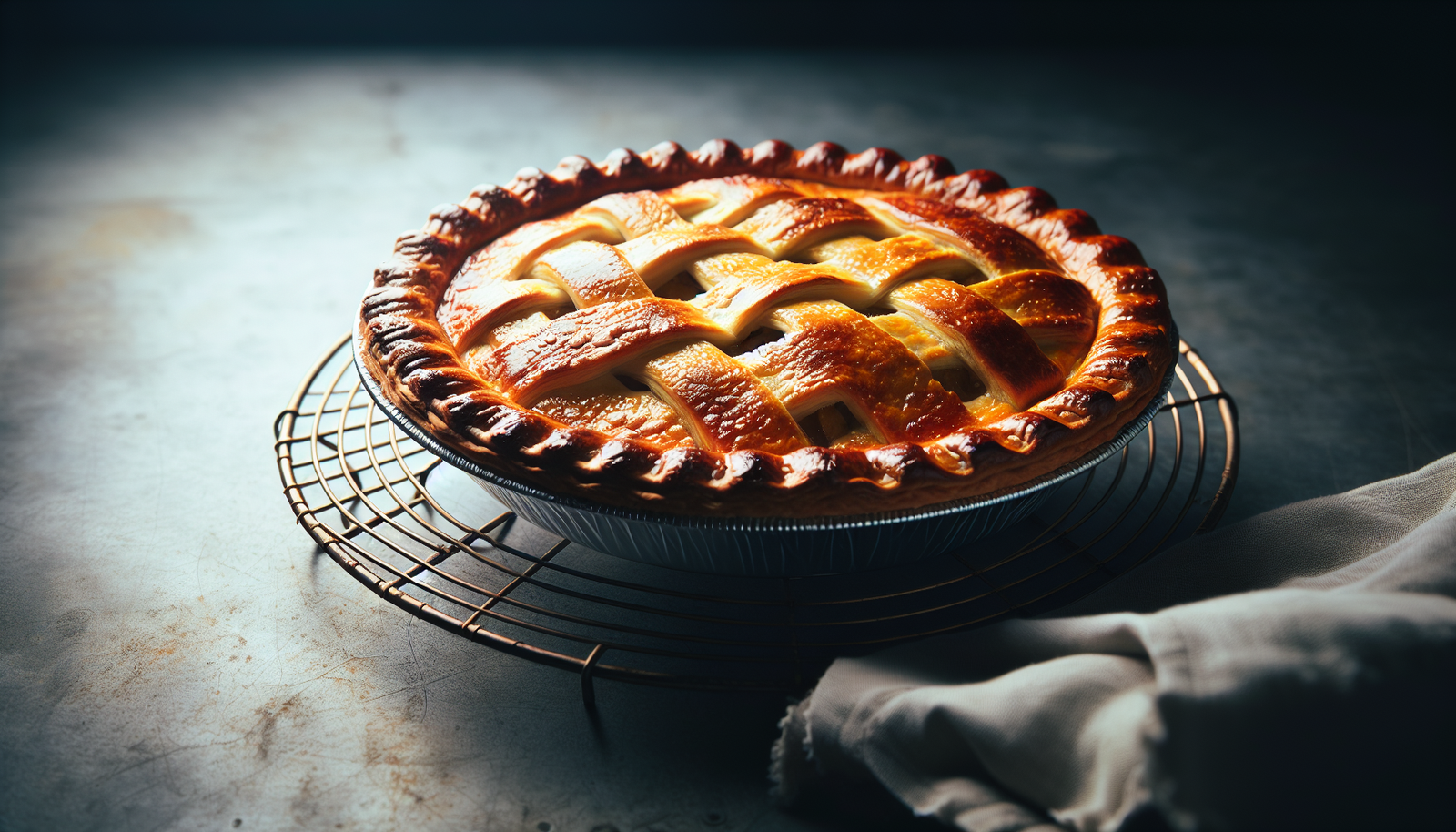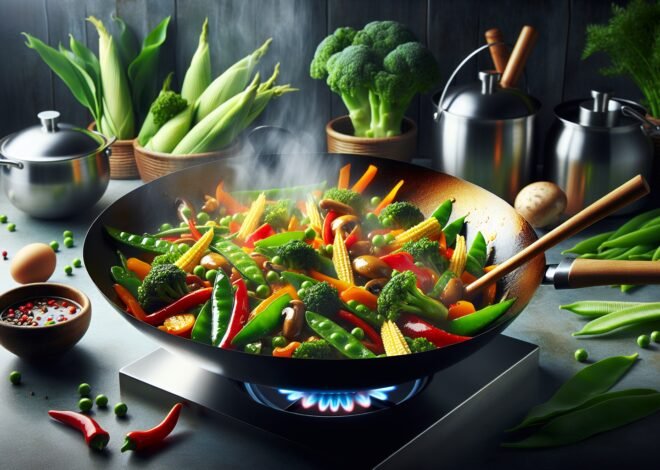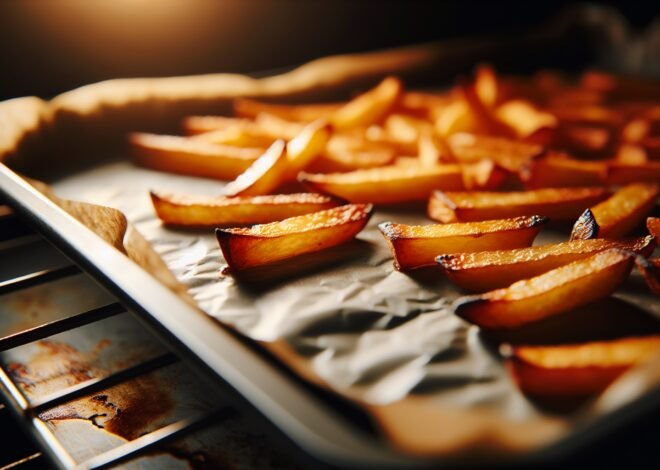
How to Avoid Soggy Crusts by Managing Oven Temperature
Soggy crusts can ruin even the best pies and quiches. Thankfully, choosing the right temperature and baking technique can help you achieve that perfectly crispy crust. This post will guide you through the steps to bake a crust that holds its shape and texture beautifully.
Common Causes of Soggy Crusts
There’s nothing more disappointing than slicing into a beautifully crafted pie only to find a soggy crust. Understanding the common pitfalls that lead to this culinary mishap is crucial for any aspiring baker. By identifying these causes, you can take proactive steps to ensure your crust turns out perfectly crispy every time.
Incorrect Baking Temperature
The baking temperature plays a pivotal role in achieving the ideal crust. Using an incorrect temperature can lead to a crust that is either overcooked or undercooked. When the oven is too cool, the crust doesn’t get the initial burst of heat it needs to set quickly, resulting in a soggy bottom. On the other hand, a temperature that’s too high can burn the edges before the center is fully cooked. A balanced temperature ensures even cooking and a golden, crispy finish.
Overly Moist Fillings
Fillings that are too moist can soak into the crust, leading to an unappealing texture. Fruits, vegetables, and other ingredients release juices as they cook, which can seep into the dough if not managed properly. To combat this, it’s essential to either reduce the moisture content of the filling or add a barrier between the filling and the crust. This helps maintain the structural integrity of the crust while still allowing for a deliciously juicy filling.
Lack of Blind-Baking
Blind-baking, or prebaking the crust, is a technique that sets the crust before adding the filling. Skipping this step often results in a soggy base, especially with custard or cream fillings. Blind-baking prevents the crust from absorbing excessive moisture and helps achieve a firm, crisp texture. It’s a crucial step that should not be overlooked if you want a reliable, flaky crust.
Techniques for Crispy, Flaky Crusts
Achieving a crispy, flaky crust is the hallmark of a successful pie. With the right techniques, you can elevate your baking skills and impress everyone at the dinner table. From mastering blind-baking to choosing the perfect temperature, each technique contributes to the overall texture and taste of your crust.
Prebaking or Blind-Baking
Prebaking, also known as blind-baking, is a method that involves baking the crust partially or fully before adding the filling. This technique is particularly useful for pies with wet fillings, as it helps create a barrier that prevents sogginess. To blind-bake, line your crust with parchment paper and fill it with pie weights or dried beans to keep it from puffing up. Bake until the edges are lightly golden, then let it cool before adding your filling.
Choosing the Right Temperature
The right baking temperature can make or break your crust. A well-calibrated oven is essential for achieving the ideal balance of crispiness and flakiness. Typically, a temperature around 375°F to 400°F works well for most pies. However, it’s crucial to consider the type of pie and adjust accordingly. Consistent heat distribution ensures that the entire crust bakes evenly, resulting in a satisfying texture and flavor.
Using a Baking Stone or Sheet
Incorporating a baking stone or sheet into your process can dramatically improve your crust. These tools distribute heat evenly and retain warmth, helping the bottom of the crust cook thoroughly while preventing the top from becoming too dark. Place your pie on a preheated baking stone or sheet to enhance the overall texture. This technique is especially beneficial for pies baked directly on the oven rack, as it promotes even heat transfer.
Practical Tips to Prevent Soggy Crusts
Preventing a soggy crust doesn’t have to be a daunting task. With a few practical tips, you can safeguard your crust against unwanted moisture and ensure a flawless result every time. Simple adjustments and additions to your routine can make all the difference.
Avoid Filling Before Fully Baking
One of the easiest ways to prevent a soggy crust is to avoid adding the filling before the crust is fully baked. This is particularly important for pies with liquid-based fillings. Baking the crust until it’s set before adding the filling creates a sturdy base that can withstand moisture. This step is essential for maintaining the crispness of the crust and the overall quality of the pie.
Brushing with Egg Wash
An egg wash acts as a sealant, creating a protective layer between the crust and the filling. Before adding your filling, brush a thin layer of beaten egg over the surface of the crust. The egg wash helps to form a barrier that prevents moisture from seeping in, keeping your crust crispy and firm. This simple step can significantly enhance the texture of your finished pie.
Adding a Sprinkle of Flour or Breadcrumbs
Sprinkling a thin layer of flour or breadcrumbs on the crust before adding the filling can help absorb excess moisture. This technique is particularly effective for fruit pies, where the filling releases a lot of juices during baking. The flour or breadcrumbs provide an additional layer of protection, ensuring that the crust remains flaky and delicious. It’s a small adjustment that can yield excellent results.
Conclusion
Avoiding a soggy crust can make a world of difference in dishes like pies and tarts. Proper temperature control, blind-baking, and choosing the right baking tools are effective ways to ensure a crispy, golden crust that holds up against fillings. Using high heat initially helps set the crust, creating a barrier that prevents sogginess. Pre-baking crusts for especially moist fillings or brushing them with egg wash before baking further strengthens them. A crisp, flaky crust will enhance the overall taste and texture of your dishes, giving your pies and pastries a professional touch that delights in every bite.
FAQ
How can I avoid a soggy pie crust?
To prevent a soggy pie crust, ensure the crust is chilled before filling. Use a baking sheet to distribute heat evenly and bake at the correct temperature. Consider a light brush of egg wash to create a barrier against moisture.
What is blind-baking?
Blind-baking involves pre-baking the pie crust without filling. This technique helps achieve a crispy crust, especially for pies with wet fillings or no-bake fillings like cream pies.
Should I pre-bake all crusts?
Pre-baking, or blind-baking, is essential for certain pies, such as custard or cream pies. For fruit pies, it’s not always necessary, but doing so can enhance crispiness.
Does adding filling too soon make crust soggy?
Adding filling immediately can lead to a soggy crust. Allow the crust to cool slightly after blind-baking before adding filling to maintain crispness.
How does egg wash help with crust texture?
Applying an egg wash before baking creates a protective layer, sealing the crust. It prevents the filling’s moisture from seeping in, keeping the crust flaky and crisp.
Can I use a baking stone for crusts?
A baking stone helps distribute heat evenly, promoting a uniformly baked crust. Preheat the stone to achieve a crisp and evenly browned crust, improving overall pie texture.











